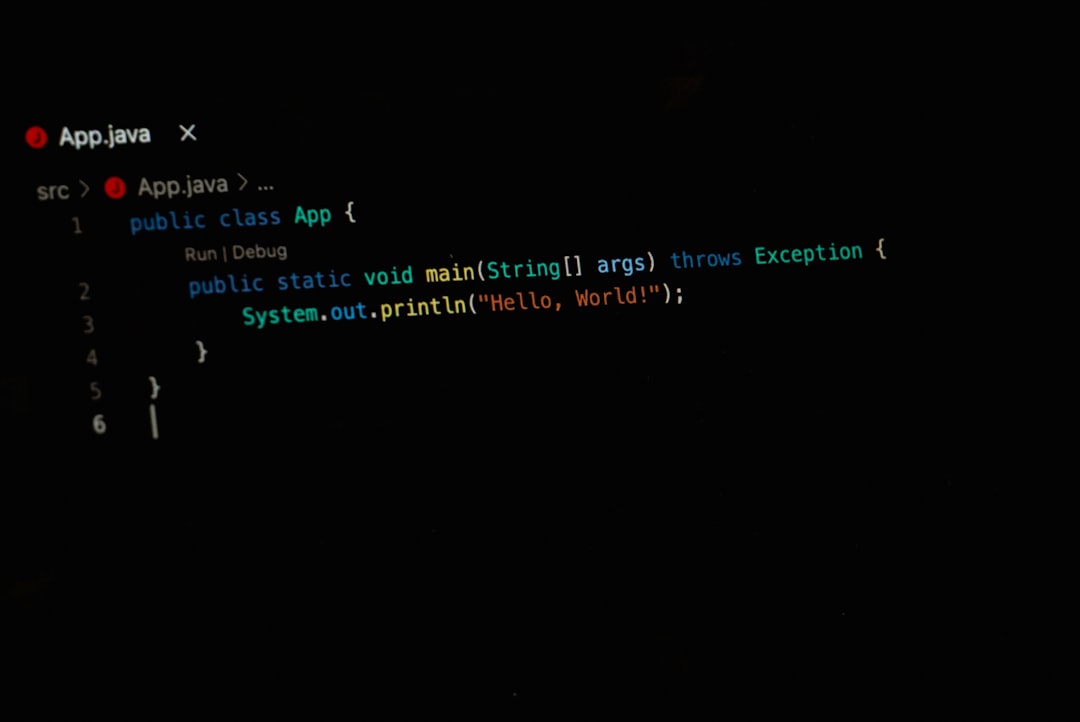
In the ever-evolving landscape of cybersecurity and system administration, securing Linux environments has never been more critical. As we move deeper into 2025, Linux continues to power a significant portion of the modern internet infrastructure. One of the essential mechanisms for strengthening system defenses is a reliable packet filtering and firewall framework. Two such solutions dominate the Linux scene: iptables and nftables. But which one offers better security, performance, and overall usability today?
This article provides a deep dive into both firewall frameworks, comparing their features, performance metrics, and usability to determine which is the superior choice for Linux system administrators and IT professionals in 2025.
Understanding the Basics
iptables has been the standard packet filtering framework on Linux for over two decades. It has matured over time and is widely used in a variety of production systems. On the other hand, nftables was introduced by the Netfilter Project in 2014 as the modern replacement for iptables, aiming to unify and simplify the administration of network packet filtering and classification.
While both can still be used on modern Linux systems, it’s important to understand their core differences and how they impact overall security and performance.
Core Differences Between nftables and iptables
1. Architecture:
iptables separates its functionality into different tools—iptables for IPv4, ip6tables for IPv6, arptables for ARP, and ebtables for Ethernet bridges. Managing rules across these tools can become cumbersome.
nftables unifies all these functionalities into a single interface with a consistent syntax, making it easier to manage and less error-prone.
2. Syntax and Usability:
With iptables, administrators must often write long, hard-to-read command lines. In contrast, nftables introduces a cleaner, more readable syntax that allows batch processing and the reusability of rules through variables and sets.
3. Performance Improvements:
nftables employs optimized infrastructure via a virtual machine (nftables VM) inside the Linux kernel. This allows it to process packets more efficiently, using fewer resources while supporting advanced features like concatenated lookups and maps. These improvements can significantly impact the performance in high-traffic environments.
Security Features
From a security perspective, both iptables and nftables offer robust tools for filtering traffic. However, nftables introduces several enhancements that improve rule accuracy and reduce potential misconfigurations.
- Improved Atomic Rule Updates: With nftables, changes can be loaded into the kernel atomically. This means that there’s no window where the firewall is in an inconsistent state, unlike iptables which processes commands one at a time.
- Sets and Maps: nftables allows you to define sets for IP addresses, port numbers, and interfaces. Rather than writing repetitive rules, admins can apply a single rule to an entire set, reducing complexity and the chance of configuration errors.
- Fewer Lines, Fewer Bugs: Because nftables policies typically require fewer lines compared to iptables, there’s naturally less room for human error.

Real-World Performance in 2025
Performance benchmarks conducted in late 2024 and early 2025 consistently demonstrate the advantages of nftables in high-throughput scenarios. Several enterprise-quality tests have shown that:
- nftables handles up to 25% more connections per second than iptables in lab conditions.
- The memory footprint of nftables remains lower under stress as it scales better thanks to its internal caching mechanisms and optimized rule evaluation.
- nftables supports hardware offload features more gracefully, making it suitable for modern server CPUs and network cards with offload support.
These performance improvements, while not always crucial on small-scale servers, are vital for service providers, cloud platforms, and large enterprises managing thousands of concurrent connections or microservices workloads.
Compatibility and Migration
One of the barriers preventing immediate widespread adoption of nftables in earlier years was compatibility. Many legacy scripts, automation tools (like Ansible or Puppet), and infrastructure setups were built around iptables. However, as of 2025, most mainstream distributions have phased out iptables as the default and now use nftables (or iptables-nft bridges).
The kernel maintains a compatibility layer known as iptables-compat and iptables-nft, allowing iptables rules to be translated internally to nftables rules during execution. This hybrid approach allows for smoother transitions without interrupting services.
Leading Linux distributions in 2025:
- Debian 12 and onwards: nftables as default firewall
- Ubuntu 22.04 LTS and newer: nf_tables backend enabled by default
- Fedora and RHEL 9+: Fully integrated with firewalld using nftables
This shift in ecosystem support is a clear indicator of the community’s confidence in the maturity and superiority of nftables.

Use Cases and When to Choose Which
Despite nftables’ advantages, iptables isn’t obsolete just yet—it still has its place, especially in legacy systems or lightweight deployments. Here’s a breakdown of when each tool may be the better fit:
Choose nftables if:
- You’re deploying a new Linux system in 2025 or beyond
- You want better scalability and performance
- Your environment requires clean, maintainable firewall rules
- You use IPv4, IPv6, and bridging and want one unified firewall language
Stick with iptables if:
- Your existing infrastructure is heavily dependent on iptables scripts
- You need minimal changes for short-term projects
- The system is constrained and using older kernel versions (< 4.x)
Community and Long-Term Support
Another critical area to consider is the level of community and developer support. The Netfilter team maintains both nftables and the iptables compatibility layers. However, all new features and security improvements are focused on nftables, while iptables maintenance is mostly limited to bug fixes and security patches.
Additionally, more documentation, community guides, and tutorials are becoming nftables-focused, accelerating its learning curve and reducing the earlier apprehension for new adopters.
Conclusion: Which Is Best in 2025?
nftables stands out as the clear winner for Linux firewall configuration in 2025. It brings notable improvements in performance, security, and manageability. As a future-proof tool backed by the Linux kernel community and major distributions, nftables is the logical choice for new installations and long-term strategy.
While iptables remains viable in specific scenarios, clinging to it for general-purpose systems or large infrastructures may unnecessarily limit future scalability and security enhancements.
In short, if you’re serious about protecting your Linux systems while maintaining flexibility and high performance, transitioning to nftables is not just advisable—it is imperative.






